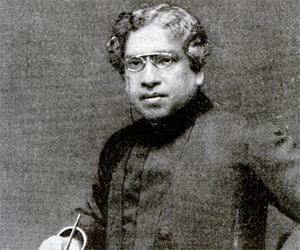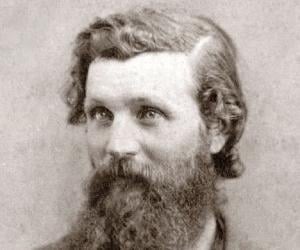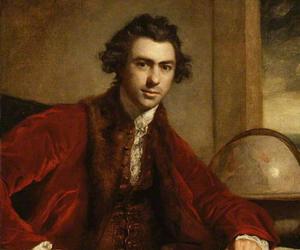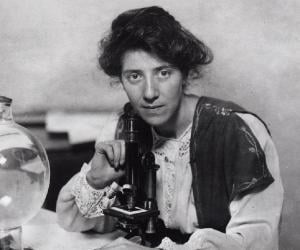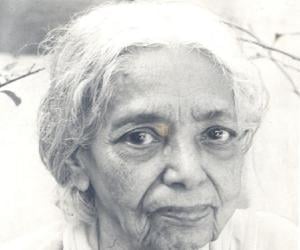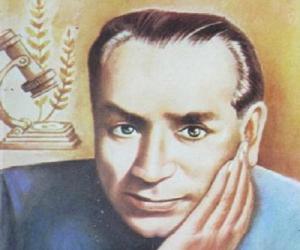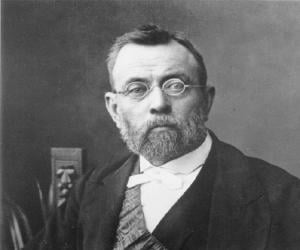Indian physicist, biologist, and plant physiologist Jagadish Chandra Bose revolutionized science with his research on how plants and animals react to external stimuli. He founded the Bose Institute, made pioneering contribution to the field of radio and microwave optics, and also penned one of the first works of Bengali science fiction.
John Muir was a Scottish-American naturalist, environmental philosopher, glaciologist, botanist, zoologist, and author. Nicknamed Father of the National Parks and John of the Mountains, Muir was an influential proponent of the preservation of wilderness in the US. He is credited with co-founding the American conservation organization, The Sierra Club. Muir is considered a hero by many environmentalists around the world.
British naturalist Joseph Banks is remembered for accompanying Captain James Cook on his voyage across places such as Brazil and Tahiti. He had also been the president of the Royal Society for over 40 years. Both his herbarium and library now find a place at the British Museum.
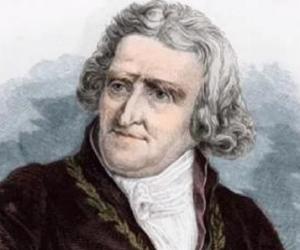
While in prison, in the aftermath of the Seven Years’ War, army pharmacist Antoine-Augustin Parmentier was forced to eat potatoes, which were considered fit only for prison ration and animal feed back then. Parmentier later persuaded the Paris Faculty of Medicine to declare potatoes edible and popularized them in France.
Apart from being a successful botanist, Marie Stopes was also a popular activist, known for her contribution to the feminist cause. A leading supporter of birth control, she established the UK’s first clinic for family planning. She was also known for her books Married Love and Wise Parenthood.
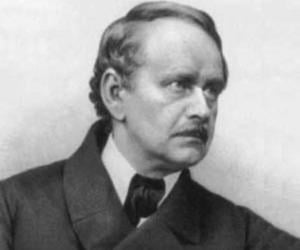
Matthias Jakob Schleiden was a German botanist who is credited with co-founding cell theory along with Rudolf Virchow and Theodor Schwann. He is also remembered for his service as a professor at the University of Dorpat from the mid 1860s.
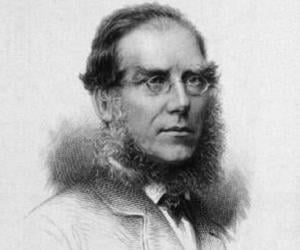
British botanist Joseph Dalton Hooker is remembered as one of Charles Darwin’s greatest supporters. The man who is known as the pioneer of geographical botany, Hooker followed in the footsteps of his botanist father. The Copley Medal winner is also known for his iconic work Genera Plantarum.

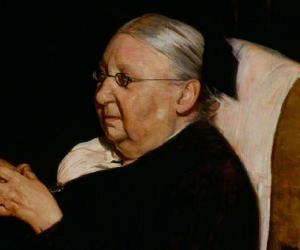
Landscape architect Gertrude Jekyll was born into an affluent family and grew up in a refined environment, learning music and traveling. Initially interested in painting, she gave it up to focus on gardening when she developed eyesight problems. She built around 400 gardens and also collaborated with Sir Edwin Lutyens.
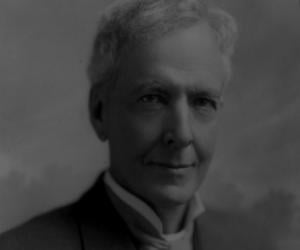
Luther Burbank was an American horticulturist and botanist. A pioneer in agricultural science, Luther Burbank developed over 800 varieties of plants and strains in an illustrious career that spanned 55 years. He is also credited with developing a spineless cactus that served as cattle feed. In 1986, Luther Burbank was made an inductee of the National Inventors Hall of Fame.
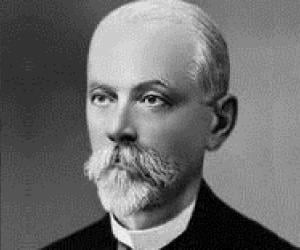
Best remembered for his co-discovery of viruses during his research on the mosaic disease in tobacco, Russian botanist Dmitri Ivanovsky is regarded as one of the pioneers of virology. Interestingly, following his discovery, he didn’t focus on virology much and taught plant anatomy and physiology instead.
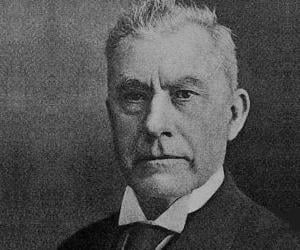
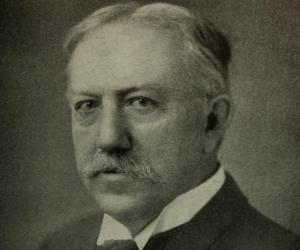
Remembered as the first president of the Leland Stanford Junior University, now known as Stanford University, David Starr Jordan was a reputed ichthyologist. An anti-war activist, too, who opposed America’s participation in World War I, he spent his later years as the chief director of the World Peace Foundation.
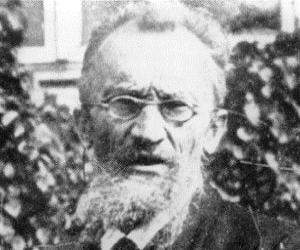
Wladimir Köppen was a Russian-German meteorologist, geographer, botanist, and climatologist. He is best remembered for publishing the Köppen climate classification system, which is used even today. Wladimir Köppen made important contributions to many branches of science. He is also credited with coining the term aerology.
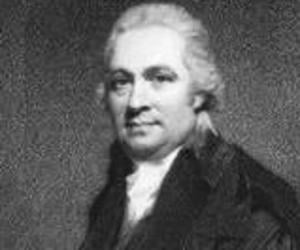
Best known for discovering nitrogen gas, Scottish chemist Daniel Rutherford was also initially a practicing physician. A skilled botanist, he also taught botany at the University of Edinburgh. His other inventions include the maximum and minimum thermometers. He also co-founded the Royal Society of Edinburgh.
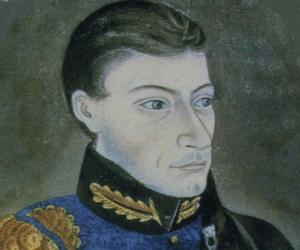
German physician and botanist Philipp Franz von Siebold was considered a pioneer of Western medicine in Japan. His works include the iconic book Flora Japonica. He fathered a daughter with a Japanese courtesan, who grew up to be Kusumoto Ine, Japan’s first female doctor with knowledge in Western medicine.
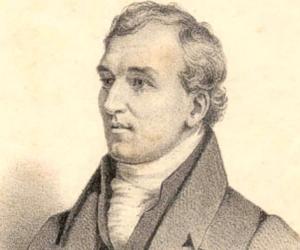
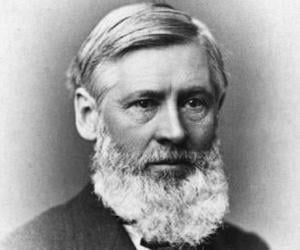
Asa Gray was an American botanist best remembered for authoring a book on botany, which came to be known as Gray's Manual. He also served as a professor at Harvard University and often met leading natural scientists of his time, including Charles Darwin. Asa Gray is widely regarded as the most prominent botanist of the 19th century.
Janaki Ammal was an Indian botanist whose work concerning phytogeography, cytogenetics, and plant breeding earned her India's fourth-highest honor, the Padma Shri, in 1977. She is credited with improving India’s indigenous sugarcane varieties. She also helped analyze sugarcane's geographical distribution across India.
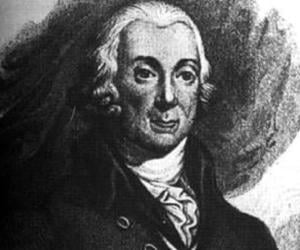
German naturalist Peter Simon Pallas was born to a professor of surgery and had, by age 15, formulated classifications of several animal groups. He chiefly worked in and around Russia, and is remembered for his 3-volume geological study, Journey Through Various Provinces of the Russian Empire.
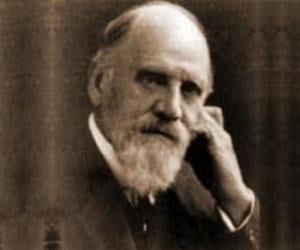
Apart from being the third son of legendary naturalist Charles Darwin, Francis Darwin was a botanist in his own right, too. While he initially studied math, he later switched to natural sciences and then also studied medicine. He is best remembered for his contribution to phototropism.
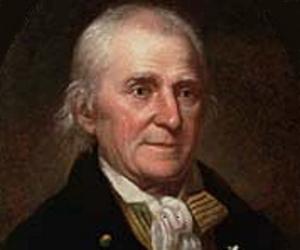
William Bartram was an American ornithologist, botanist, explorer, and natural historian. He is best remembered for authoring an acclaimed book, which is now known as Bartram's Travels. The book chronicles Bartram's explorations of the British colonies in North America. William Bartram was also one of America's first ornithologists.
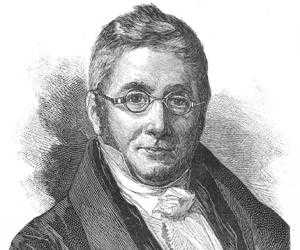
Swiss botanist Augustin Pyrame de Candolle excelled in literature and poetry in school but later focused on botany. He is remembered for establishing scientific standards and classification for plant genera. Known for his Théorie élémentaire de la botanique, he later lent his name to several plant species and genera.
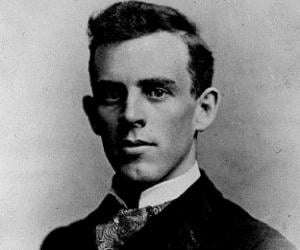
David Fairchild was an American plant explorer and botanist. He is credited with introducing over 200,000 exotic plants to the United States. He also introduced varieties of established crops, including soybeans, mangos, bamboos, dates, and pistachios. In 1933, the National Academy of Sciences honored him with the Public Welfare Medal.
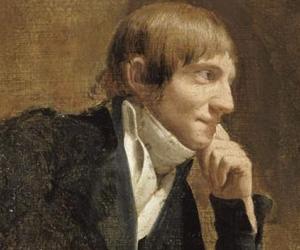
Belgian-born French painter and botanist Pierre-Joseph Redouté, also known as the Raphael of flowers, was a famous court painter and one of the greatest botanical illustrators of his time. Known for his iconic pieces such as Les Liliacées, he was a specialist of painting roses, too.
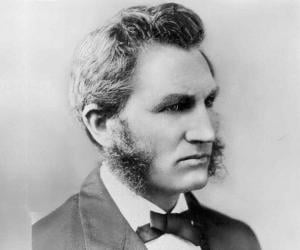
Lester Frank Ward was an American paleontologist, botanist, and sociologist. He is best remembered for his service as the American Sociological Association's first president. Lester Frank Ward played an important role in bringing Sociology courses into the higher education system in America.
Birbal Sahni was a pioneer of palaeobotanical research in India. The founder of the Birbal Sahni Institute of Palaeobotany, he also taught botany at BHU and Lucknow University. He was also interested in music and tennis, and loved collecting coins. He was a Fellow of The Royal Society, too.
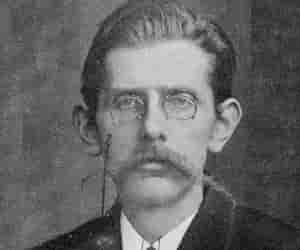
Danish author Jens Peter Jacobsen is remembered for pioneering the Naturalist mode of writing in Danish literature. While he initially translated some of Charles Darwin’s works, he later penned novels such as Marie Grubbe: A Lady of the Seventeenth Century. He is also known for his poems, which were released posthumously.
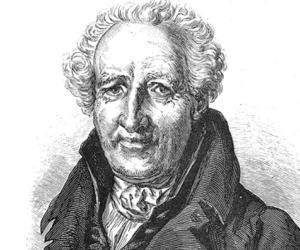
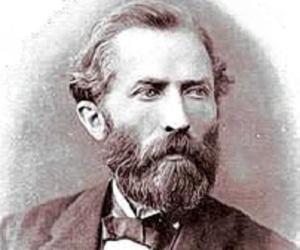
German surgeon and botanist Heinrich Anton de Bary is regarded as the pioneer of plant pathology and mycology. Apart from teaching botany, he chalked the life cycles of many fungi and also coined the term symbiosis to explain the mutually beneficial co-existence of many orgnanisms, such as fungi and algae.
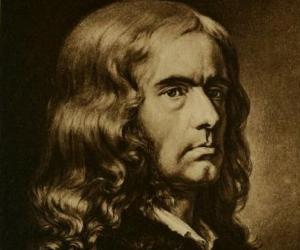
German poet and lyricist Adelbert von Chamisso, who lived in the 19th century, is chiefly remembered for his legendary fairy tale, Peter Schlemihl’s Remarkable Story. He also established the Berlin romanticist society Nordsternbund and was a noted botanist, too. He was also interested in philology and Australasian languages.
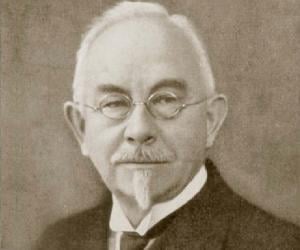
Danish geneticist and botanist Wilhelm Ludvig Johannsen is remembered for his research on plant heredity. Initially a professor, who had also taught plant physiology at the University of Copenhagen, he later focused on research. He is also credited with coining the terms phenotype, genotype, and genes.
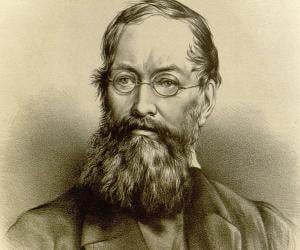
The son of a nurseryman, British botanist John Lindley revolutionized the plant classification system by introducing a method of considering all characters of plants. Known for his iconic work The Vegetable Kingdom, he also had a wide collection of orchids, which eventually found a place at the Kew Gardens.
Ferdinand von Mueller was a German-Australian geographer, physician, and botanist. He is credited with founding the National Herbarium of Victoria, the oldest scientific institution in Victoria. He is also credited with naming several Australian plants. Such is his popularity that many plants, animals, journals, and places in Australia are named after him.
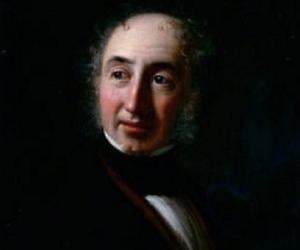
Botanist William Jackson Hooker made history as the first director of the Kew Gardens, or the Royal Botanic Gardens. Born to a merchant’s clerk who was also an amateur botanist, Hooker developed an interest in insects, birds, and plants at an early age. He was also known for his plant illustrations.
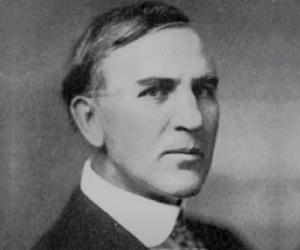
Frederic Edward Clements was an American plant ecologist. He was a pioneer in the study of vegetation succession and plant ecology. He also served as a professor in prestigious institutions like the University of Nebraska and the University of Minnesota.
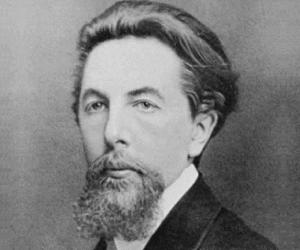
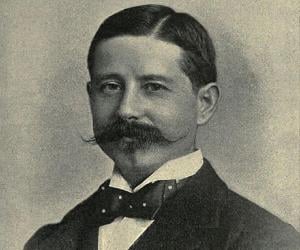
British botanist Harry Johnston is remembered for his extensive exploratory voyages to Africa. His explorations gave way to the 19th-century Scramble for Africa by colonial powers. He had also been a painter and a freelance journalist in his initial days in Africa. He also penned countless books on Africa.
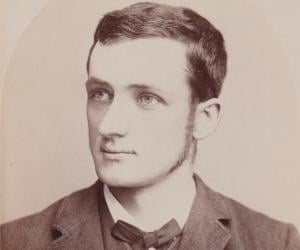
Liberty Hyde Bailey was an American botanist and horticulturist. He is best remembered for co-founding the American Society for Horticultural Science. Regarded as the father of rural journalism and rural sociology, Bailey is credited with playing an important role in the commencement of agricultural extension services, the nature study movement, the 4-H movement, and rural electrification.
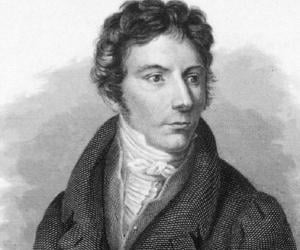
German naturalist and botanist Lorenz Oken is remembered as one of the most significant German natural philosophers of the 19th century and a leader of the Naturphilosophie movement. His studies on Wolfgang von Goethe’s theory on the vertebrate skull helped prepare ground for Charles Darwin’s theory of evolution.
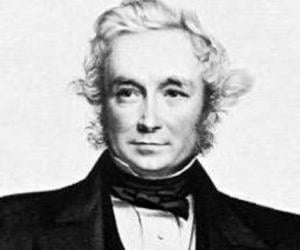
John Stevens Henslow was not just a priest but also revolutionized the teaching methods of botany at Cambridge University. One of his students was legendary naturalist Charles Darwin. He also co-founded the Cambridge Philosophical Society and explored various regions, such as the Isle of Man, as a geologist.
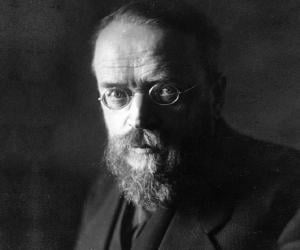
German botanist and geneticist Carl Correns is remembered for re-working on rediscovered Gregor Mendel’s paper on the principles of heredity. He was a student of renowned Swedish botanist Karl Nägeli. Initially a botany instructor at the University of Tübingen, he later became the first director at the Berlin-based Kaiser Wilhelm Institute for Biology.
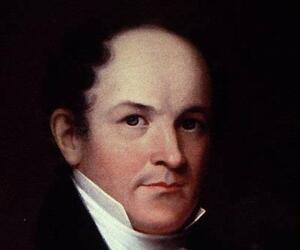
English botanist and naturalist Thomas Nuttal is best known for his popular volume The Genera of North American Plants. He later taught natural history at Harvard and also studied birds, eventually releasing a book on American birds, too. He also undertook a voyage to Columbia River and Hawaii.
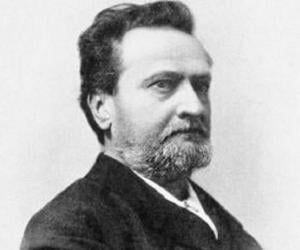
German botanist Julius von Sachs is remembered for his contribution to the development of experimental plant physiology. He also conducted significant studies on areas such as transpiration of water. He was the chair of botany at the University of Freiburg-im-Breisgau and a professor of botany at the University of Würzburg.
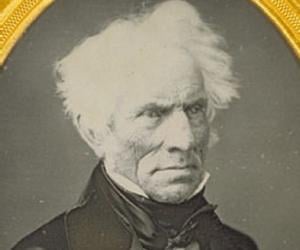
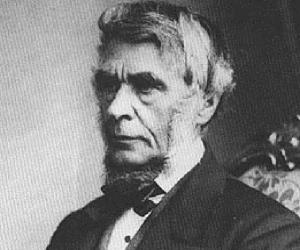
Born to a naval architect father and a botanist mother, George Bentham was also the nephew of jurist Jeremy Bentham and had initially studied law. However, inspired by Pyrame de Candolle’s tables of French plants, he later studied botany. His study of seed plants contributed immensely to plant taxonomy.

Henri Dutrochet was a French physician, physiologist, and botanist. Dutrochet is best remembered for his investigation into osmosis. He is also credited with discovering cells in plants and cell biology. Henri Dutrochet’s works earned him several awards including the Académie Française's prize for experimental physiology.

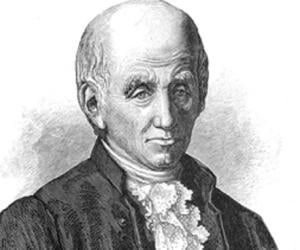
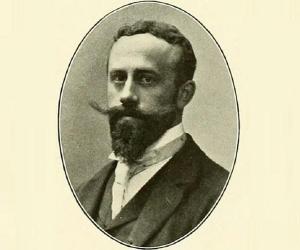
Austrian botanist and agronomist Erich von Tschermak is remembered for his research on seed breeding and his illustrious teaching career at the Academy of Agriculture. He studied the garden pea extensively and developed disease-resistant variants of wheat and oats. He was also part of the Royal Swedish Academy of Agriculture.
